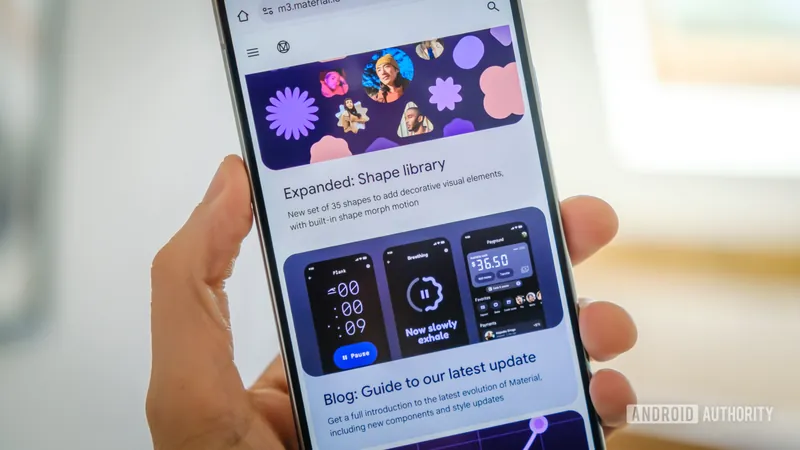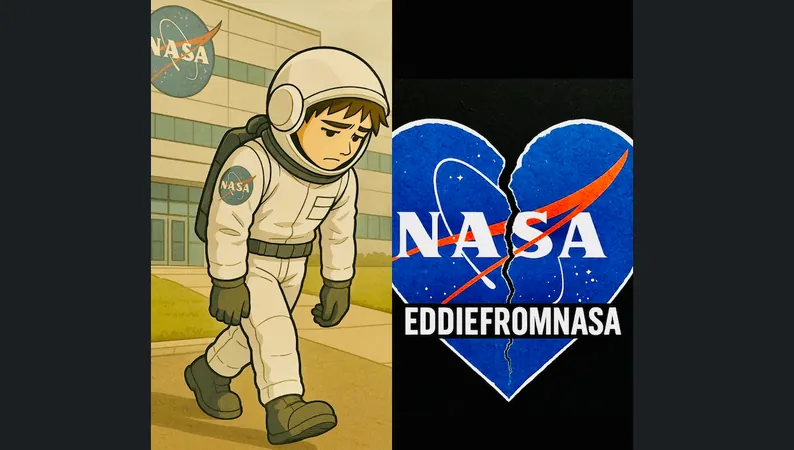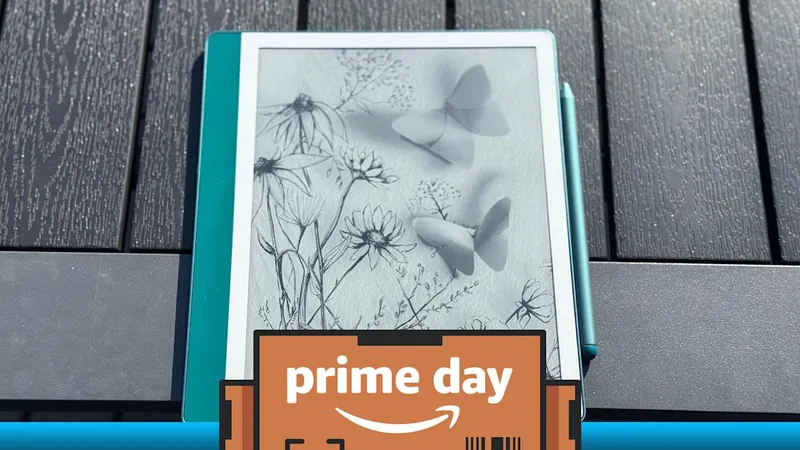
Will Google’s Material 3 Expressive Make or Break Its Design Future?
2025-05-25
Author: Wai
Embracing Change: Material 3 Expressive's Bold Design
Google's latest design language, Material 3 Expressive, has stirred waves of excitement and criticism alike. While some users revel in its aesthetic charm, others voice concerns about the lack of functional enhancements. Regardless of where one stands, one significant worry looms: can Google unify its apps under this vibrant new visual identity?
A Transformative Look with High Stakes
Material 3 Expressive is undeniably Google’s boldest redesign yet, filled with lively animations, engaging blur effects, and a rich palette of colors. Alongside this modern flair comes revamped typography and diverse element shapes. Yet, the effectiveness of these updates will largely hinge on their implementation speed and consistency.
The Need for Cohesion in Android 16
Cohesion is key when it comes to user experience. An effective design language should make navigating apps intuitive and seamless. If Google falters in rolling out Material 3 Expressive uniformly, users could find themselves navigating a fragmented ecosystem, undermining the very essence of what Material 3 aims to achieve.
Early Impressions Reveal a Mixed Bag
After testing the early update on my Pixel 8, I witnessed the fresh spirit of Expressive in core features like the Settings menu and Quick Settings. However, many applications that haven’t undergone the redesign feel clunky and out of sync, creating a jarring experience for users. Though it’s still early days, these contrasts foreshadow potential user frustrations ahead.
Learning from the Past: Will Google Deliver This Time?
Historically, Google has struggled to transition between design languages smoothly, often leaving apps caught in outdated styles. Over the years, the journey from Holo to Material has been painstakingly slow, with many significant apps still lagging behind on crucial updates. Despite the relative success of Material You, haunting memories of inconsistency still linger.
A Positive Start: Expressive Updates in the Pipeline
Despite previous setbacks, there are promising signs that Google is on the right path. At Google I/O, the company positioned Android 16 QPR1 as the launchpad for Material 3 Expessive, ensuring that changes will be available immediately with the stable OS rollout. Key apps like Google Calendar, Keep, and Drive are among those set to embrace the new design, indicating a swift and promising trajectory.
Can Google Keep Up the Momentum?
With Material 3 Expressive deemed more of a refinement than a complete overhaul, the transition from Material You should be less daunting. Yet, this doesn't eliminate the need for Google to execute its plans flawlessly. A seamless shift will rely on Google's ability to integrate Expressive's core principles with existing designs across its extensive app portfolio.
Looking Ahead: Hopeful for a Unified Experience
As I await the full potential of Android’s next phase, excitement is tempered by uncertainty. The possibility of a confusing mix of apps—some reflecting Material You while others shift to Expressive—might be in store. Regardless, here’s to hoping that Google rises to the occasion, swiftly weaving its creative vision into every corner of its ecosystem.



 Brasil (PT)
Brasil (PT)
 Canada (EN)
Canada (EN)
 Chile (ES)
Chile (ES)
 Česko (CS)
Česko (CS)
 대한민국 (KO)
대한민국 (KO)
 España (ES)
España (ES)
 France (FR)
France (FR)
 Hong Kong (EN)
Hong Kong (EN)
 Italia (IT)
Italia (IT)
 日本 (JA)
日本 (JA)
 Magyarország (HU)
Magyarország (HU)
 Norge (NO)
Norge (NO)
 Polska (PL)
Polska (PL)
 Schweiz (DE)
Schweiz (DE)
 Singapore (EN)
Singapore (EN)
 Sverige (SV)
Sverige (SV)
 Suomi (FI)
Suomi (FI)
 Türkiye (TR)
Türkiye (TR)
 الإمارات العربية المتحدة (AR)
الإمارات العربية المتحدة (AR)